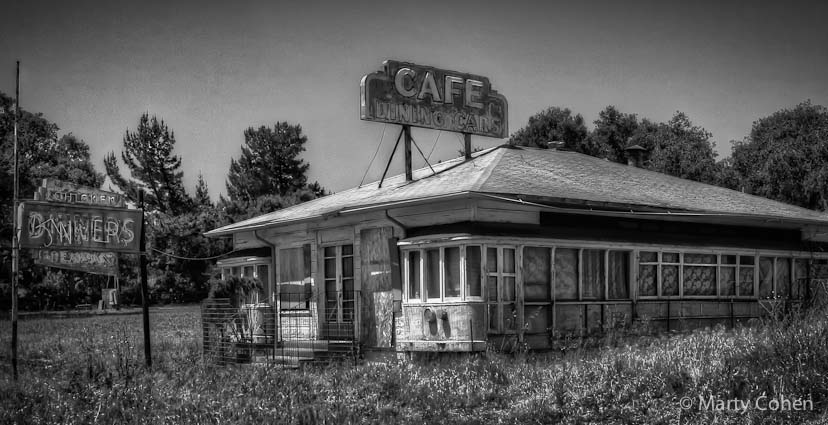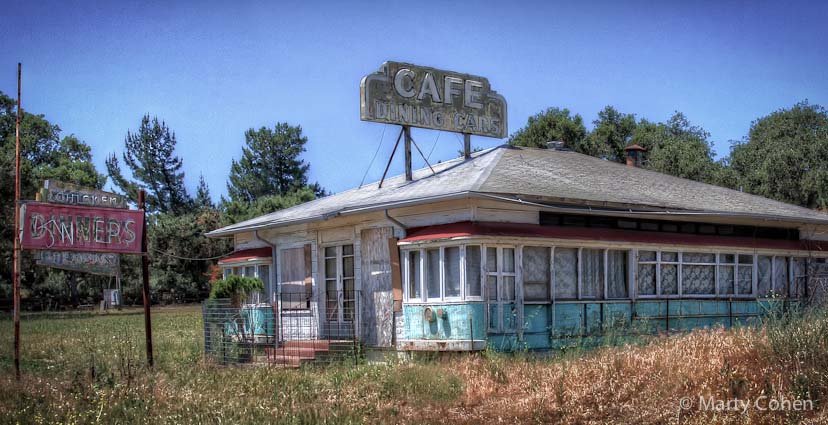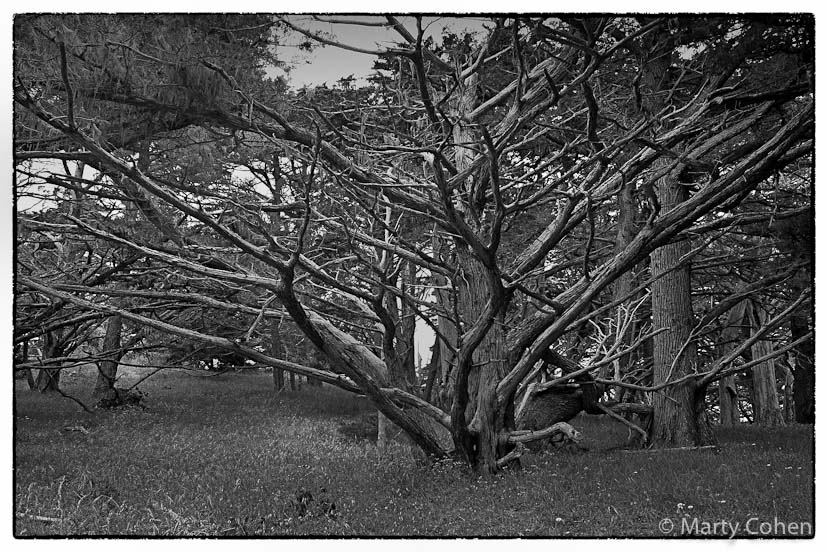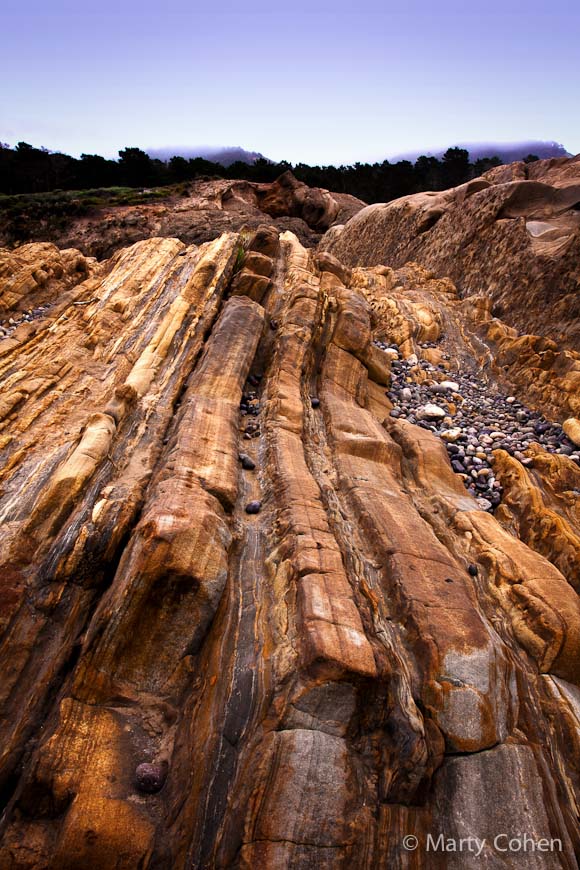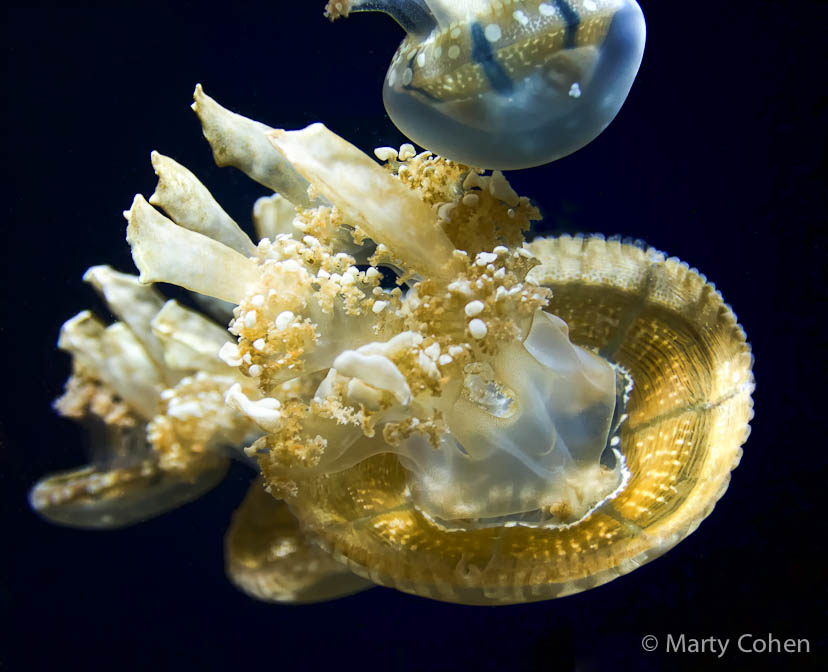(Click on photo to enlarge. Click on the comment number bubble to leave a comment.)
Here is a black and white version of the Old Diner photograph I posted yesterday (scroll down to see it or click here to see it). This has also been processed as an HDR photograph and then further processed as a black and white image in Nik Silver Efex Pro 2. (Be sure to click on the photo above to enlarge it.)
Let me know which version you like better by clicking on the comment number bubble above the image and leaving a comment. Feel free to let me know why you choose the one you did. Thanks.
